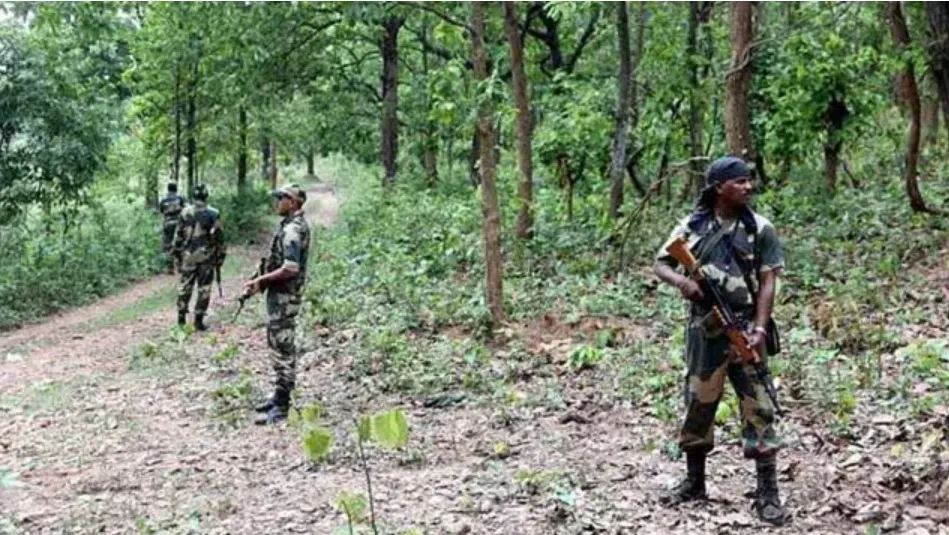
In the fight against Maoists in India, the security forces conducted a successful anti-Naxal operation in the Baughman region in the forests of Chhattisgarh, Mehrabad seven Maoist died. This operation can well be said to be the turning point in the war between the government security forces and the Maoists where despite the numerous constraints organizations could plan and execute their counter insurgency operations successfully in one of the most troubled regions of India.
Baughman region, which is well known for its thick forests and mountainous terrains, has always been a bastion of Maoist rebels. Its geographical advantage contributed significantly to the Maoist to establish their training and planning centers, and execute control on populations in a rather safe manor. Constant thickets and rolling terrains have seen the security forces struggle to access the area and mount operations.
Cooperation of Efforts
The latest operation was one of the most carefully planned and synchronized efforts to flush out Naxals from their hideouts and hot zones, including several specialized units of the Chhattisgarh Police, the Central Reserve Police Force and other elite lead anti-Naxal forces. Starting the combing operation as per specific inputs received about the Maoists’ presence in the region, the security forces sought to nuke them effectively. From the reports available it was learnt that it occurred in the wee hours when the official security forces carrying out search operations were fired upon by the Maoist insurgents. The forces engaged in a shootout, which lasted several hours much to the dismay of the two parties. Police said that during the attack, the Maoists fired at the force which retaliated and killed seven Maoists. Some of the people killed were senior cadre, further showing the leadership of the Maoist suffer a great blow.
Significance of the Operation
There is a lot that can be explained about this operation based on Esquire’s analysis, and for this reason only regarded as being important in a number of ways. Firstly, it affirms the importance of intelligence and the operational sustainability of the security forces in one of the most hostile geographies in India. Secondly, the removal of senior Strategic Maoist leaders is a big setback to the Strategic Maoist who may have planned their operations and operations squarely dealt a big blow.
This operation also has communicated a clear message of the Col’s commitment and the readiness of the Indian state to deal with and eliminate the Maoist insurgents. It highlights the restoration of order and the improvement of security since the government has been working to eradicate violences and secure the area for decades. It was a hospital and its challenges and the path ahead was different from any other institution. However, this operation was highly successful and there are still many more political, military, and hence ideological Maoist wars to be fought in Chhattisgarh. Despite many challenges directed towards their activities, the Maoists, also referred to as the Naxalites, have demonstrated unequalled tenacity and versatility. They persist in appealing to social problems including poverty, concerns on the rights to the land, and discriminative treatment of the tribal community for membership gain.
The strategy especially in combating the Maoist insurgency is that it involves more than efforts in the military domain. Although there is a need to enhance security by employing robust security mechanisms and technologies, there is a desperate call to enhance socio-economic development in the region. Reducing support base of Maoists must focus on developing infrastructure, especially in tribal regions, education, healthcare, guarantee that fruits of growth reach the tribal population.
The discussion of the long-term solution makes a lot of sense as it helps determine the most effective approach. It means that for sustainable peace both security-coercive tools and social-political programs should be provided. That would be infrastructure and road network telecommunication network etc. would go a long way into integrating those area of Baughman into the mainstream economy. Further, eradicating some causes of the insurgency that include poor education and health will also be solved by delivering quality products in those sectors. An attempt must also be made to convey the numerate indigenes of the tribal regions to have an input in the development agenda. This entails labor rights, ensuring job opportunities and prospects of steady earnings

